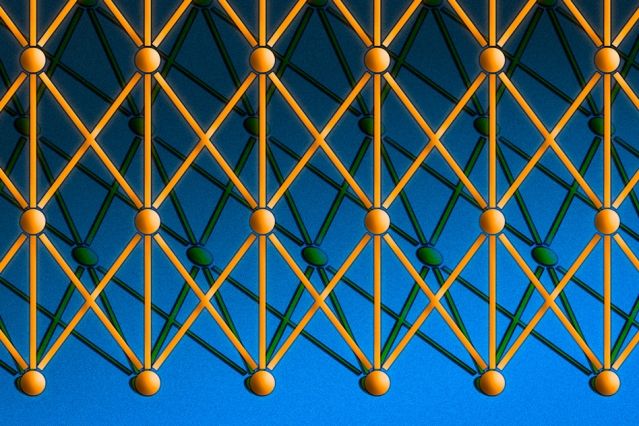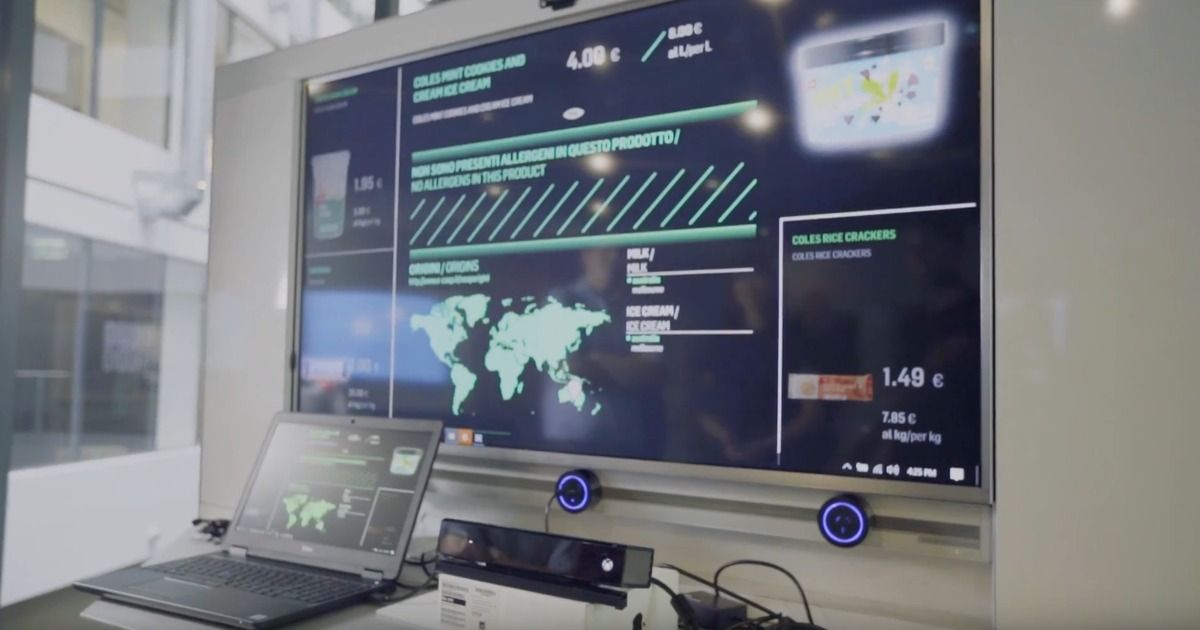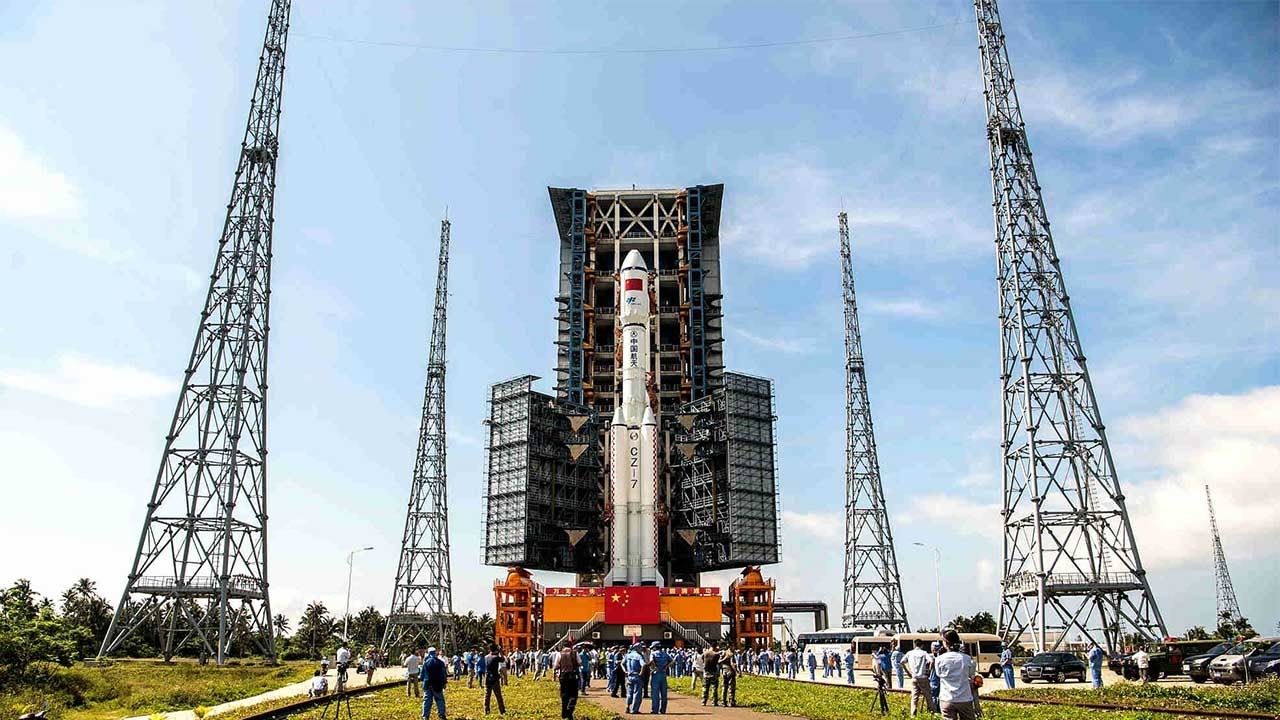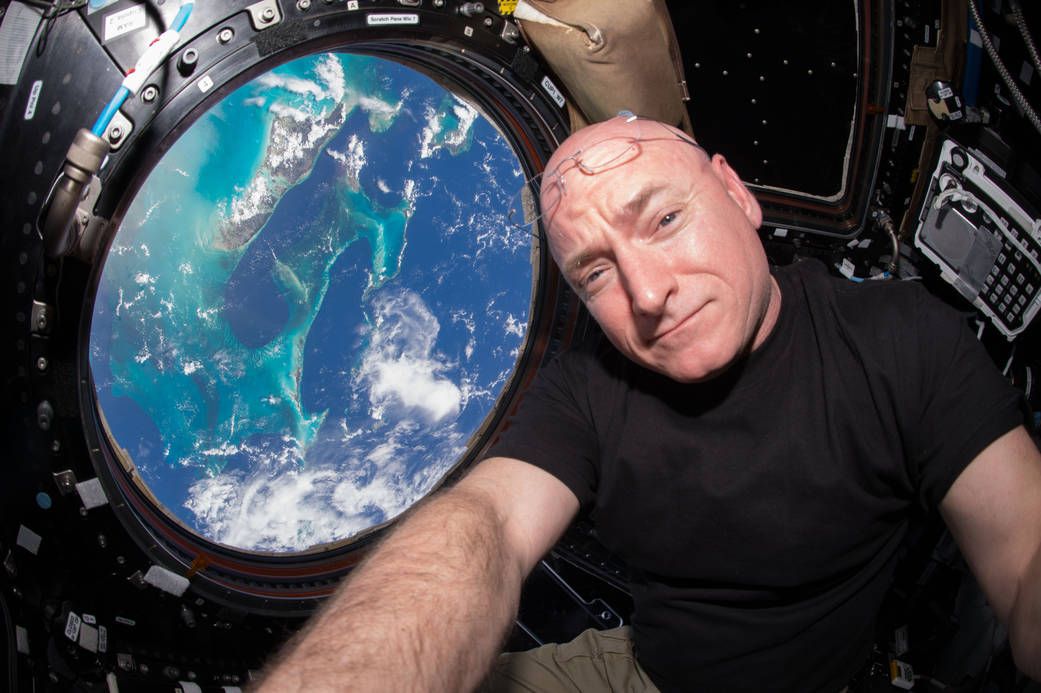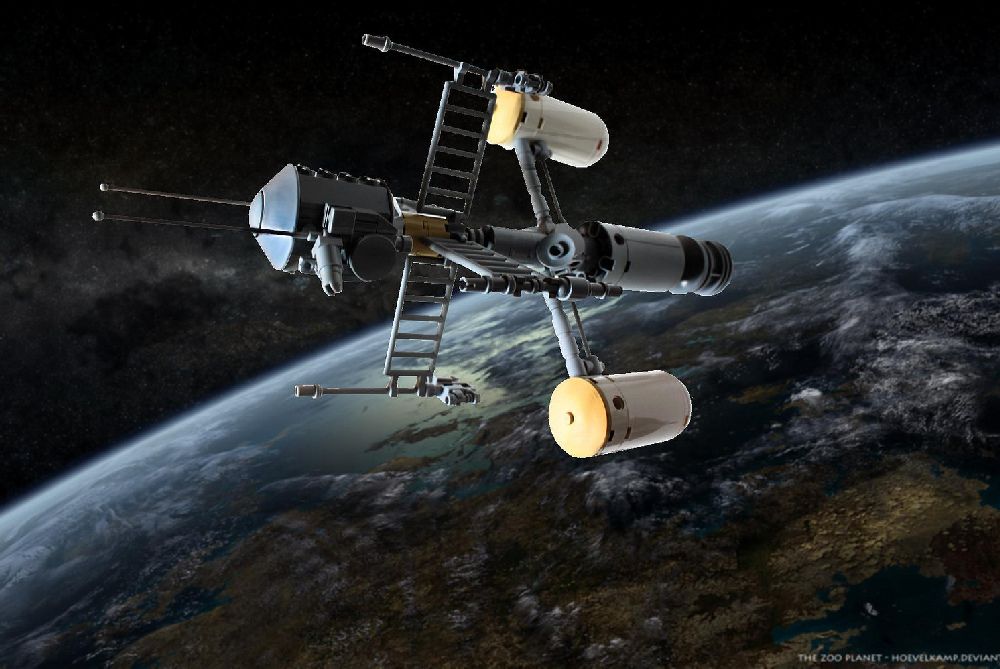IBM announced that it will offer open data science platform Anaconda on IBM Cognitive Systems. Here’s how it could help your business.
In the past 10 years, the best-performing artificial-intelligence systems—such as the speech recognizers on smartphones or Google’s latest automatic translator—have resulted from a technique called “deep learning.”
Deep learning is in fact a new name for an approach to artificial intelligence called neural networks, which have been going in and out of fashion for more than 70 years. Neural networks were first proposed in 1944 by Warren McCullough and Walter Pitts, two University of Chicago researchers who moved to MIT in 1952 as founding members of what’s sometimes called the first cognitive science department.
Neural nets were a major area of research in both neuroscience and computer science until 1969, when, according to computer science lore, they were killed off by the MIT mathematicians Marvin Minsky and Seymour Papert, who a year later would become co-directors of the new MIT Artificial Intelligence Laboratory.
Chinese engineers rolled out a Long March 7 rocket to a seaside launch complex on Hainan Island in the South China Sea on Monday, aiming to fire a robotic refueling freighter into orbit as soon as Thursday to test technology for China’s future space station.
The Tianzhou 1 spacecraft mounted on top of the 174-foot-tall (53-meter) Long March 7 launcher will dock with the Tiangong 2 space lab around two days after liftoff, the first of three linkups planned during the cargo carrier’s mission.
Chinese officials said the automated mission is due to launch some time between Thursday and next Monday.
There are more urgent issues
Posted in life extension
Haven’t we all heard it a billion times? ‘There are other priorities’ more urgent than defeating ageing. This article attempts to rebut that objection.
Somebody think of the children!!!
—Every social justice warrior ever
Sigh.
Before I say anything else, let me say this objection is one of my favourite trump cards (together with the social disparity card), not to mention a well-known logical fallacy going by the name of appeal to worse problems.
If President Trump wants to truly lead the United States and world into the exploration and settlement of the solar system, he needs to do something different and game-changing.
For the past several years, Urban Aeronautics has been developing a military VTOL aircraft called the Cormorant. The company’s Metro Skyways subsidiary is also exploring the possibility of a civilian aircraft based on the technology. The first details of that aircraft have now been released.
In order to boldly go where no man has gone before we first need to sort out a few things — achieving near-relativistic speeds is certainly one of it. Space travel would allow humanity to explore all the new worlds, visit other galaxies and more so, seek out new life.
Right now NASA scientists are weighing in on that subject again, claiming that the cutting-edge technologies needed to making this pipe dream a reality are getting closer by the day.
Imagine getting to Mars in just 3 days… or putting points beyond our solar system within our reach. New propulsion technologies could one day take us to these cosmic destinations making space travel truly interstellar! — Philip Lubin

